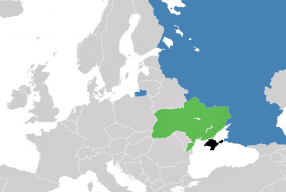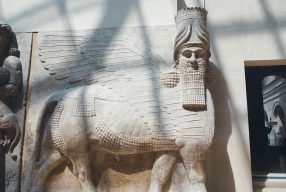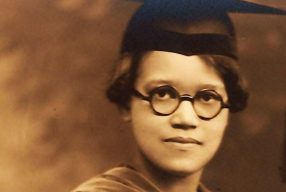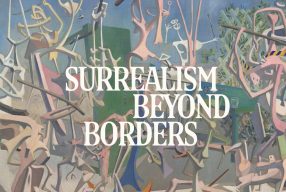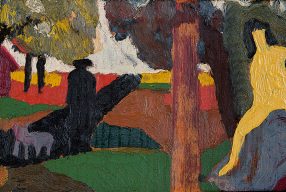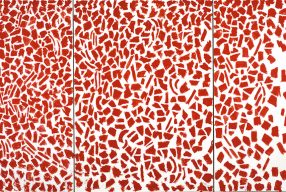Benny Morris’s 1948 Reconsidered
Israeli Prime Minister Benjamin Netanyahu delivered a speech ensconced in a dramatic performance in front of the United Nations General Assembly on Thursday night. The highlight of Netanyahu’s delivery, which captured media attention everywhere, was the “clear red line” he drew over a cartoon-like bomb with a fuse, a diagram Netanyahu said represents Iran’s escalating nuclear program.
“History could be reversed if primitive fanaticism acquires nuclear weapons,” Netanyahu said in 2009, equating the red line with the point at which the international community should jointly engage in a military attack on Iran.
 Though he was straightforward about Israel’s controversial agenda regarding Iran, Netanyahu was less willing to make sweeping statements about the future of his country’s ongoing conflict with Palestine. Addressing the United Nations General Assembly in 2009, Netanyahu remarked that he “extended [Israel’s] hand to the Palestinian people,” reiterated his country’s desire for “genuine peace,” and urged the Palestinians to explicitly recognize Israel as the state of the Jewish people. Yet none of these points is novel, and none of them signifies a resolution to a problem that many have already tucked aside as irresolvable. The conflict between the Israelis and the Palestinians has been a defining aspect of the contemporary political reality for years – both peoples’ contradictory narratives about their nation, their history, and their struggle being an integral part of the ideological and military clash that plagues the Middle East today.
Though he was straightforward about Israel’s controversial agenda regarding Iran, Netanyahu was less willing to make sweeping statements about the future of his country’s ongoing conflict with Palestine. Addressing the United Nations General Assembly in 2009, Netanyahu remarked that he “extended [Israel’s] hand to the Palestinian people,” reiterated his country’s desire for “genuine peace,” and urged the Palestinians to explicitly recognize Israel as the state of the Jewish people. Yet none of these points is novel, and none of them signifies a resolution to a problem that many have already tucked aside as irresolvable. The conflict between the Israelis and the Palestinians has been a defining aspect of the contemporary political reality for years – both peoples’ contradictory narratives about their nation, their history, and their struggle being an integral part of the ideological and military clash that plagues the Middle East today.
Yet the number of these narratives has recently grown, even within the two factions. Until the 1980s, a mainstream, Zionist version of the birth of the Jewish state persisted in Israel – a simplistic version that glorified the Jews and blamed the war on the Palestinians. In the 1980s, however, a group of Israeli scholars, now known as the “new historians,” began to question this national myth after carefully considering official government documents. Their leader, university professor and historian Benny Morris, has garnered both criticism and acclaim for his published works on the conflict.
“The War of 1948 was the almost inevitable result of more than half a century of Arab-Jewish friction… that began with the arrival in Eretz Yisrael (the land of Israel), or Palestine, of the first Jewish immigrants from Eastern Europe in the early 1880s,” writes Morris in 1948: A History of the First Arab-Israeli War, his gripping account of the first Arab-Israeli war published by Yale University Press in 2008. In this historically substantiated yet lively chronicle, Morris goes back to basics. By tracing the very origins of the first Arab-Israeli war, he investigates its political, ideological, social, religious, and international dimensions. By using sources from both sides – official government documents from the Israeli and intelligence and diplomatic materials from the Palestinian – and taking into consideration the effects of foreign intervention in the region, Morris attempts to provide his readership with a balanced and thorough account of an issue that continues to underlie international relations today.
Benny Morris is professor of history in the Middle East Studies Department of Ben-Gurion University, Israel. His books include One State, Two States: Resolving the Israel/Palestine Conflict, Righteous Victims: A History of the Zionist-Arab Conflict, 1881-2001; Israel’s Border Wars, 1949-1956; and The Birth of the Palestinian Refugee Problem Revisited.




